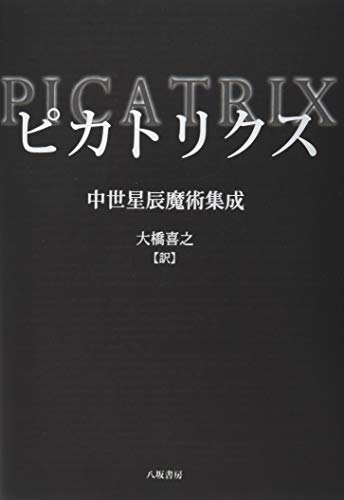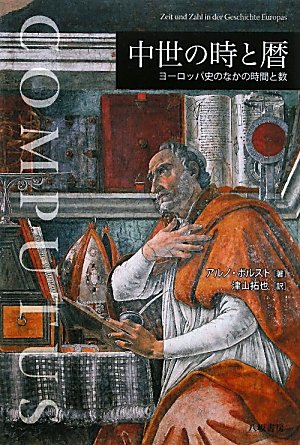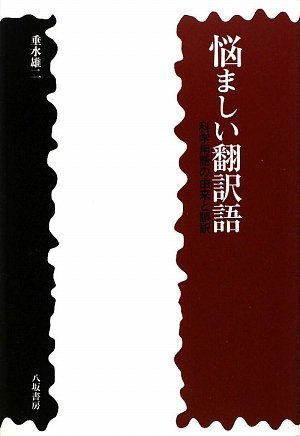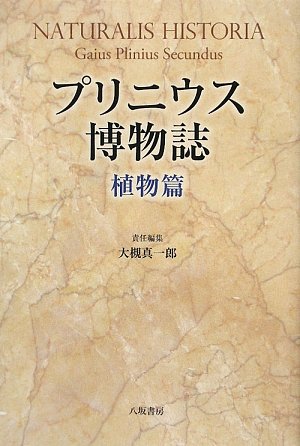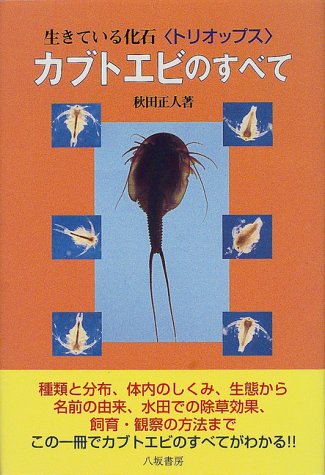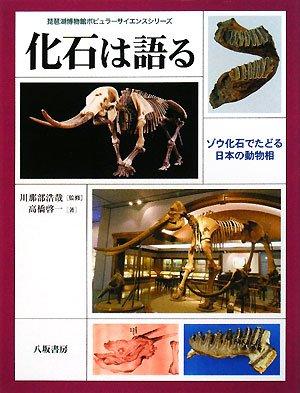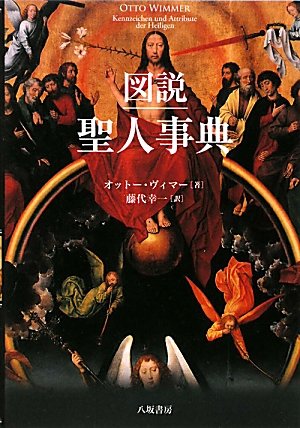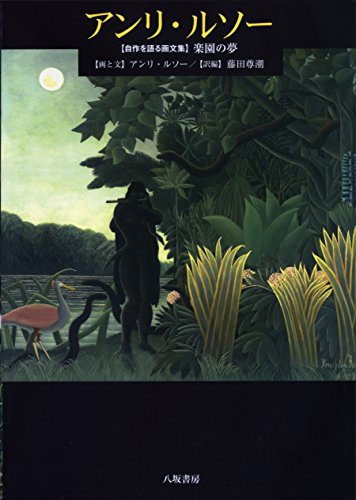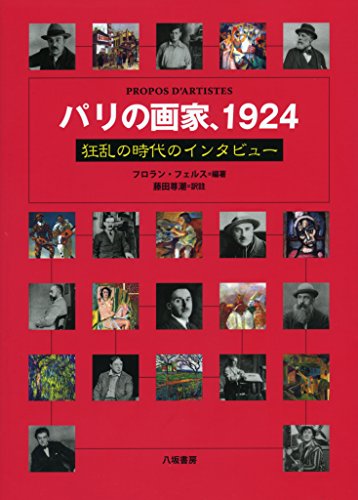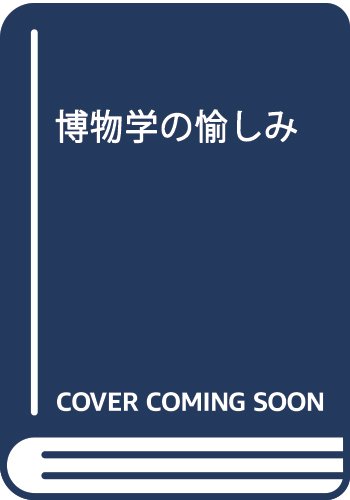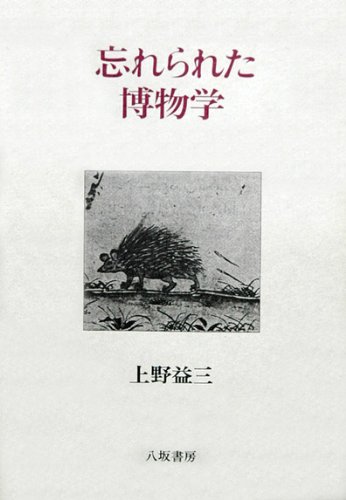22 0 0 0 ピカトリクス : 中世星辰魔術集成
3 0 0 0 中世の時と暦 : ヨーロッパ史のなかの時間と数
- 著者
- ベネット・アラン・ワインバーグ ボニー・K・ビーラー著 真崎美恵子 [ほか] 訳
- 出版者
- 八坂書房
- 巻号頁・発行日
- 2006
2 0 0 0 悩ましい翻訳語 : 科学用語の由来と誤訳
2 0 0 0 世界樹木神話
- 著者
- ジャック・ブロス著 藤井史郎 藤田尊潮 善本孝訳
- 出版者
- 八坂書房
- 巻号頁・発行日
- 2008
2 0 0 0 プリニウス博物誌
- 著者
- プリニウス [著] 大槻真一郎責任編集 岸本良彦 [ほか] 訳
- 出版者
- 八坂書房
- 巻号頁・発行日
- 2009
1 0 0 0 カブトエビのすべて : 生きている化石「トリオップス」
1 0 0 0 東京江戸今と昔 : 歴史細見
1 0 0 0 化石は語る : ゾウ化石でたどる日本の動物相
1 0 0 0 図説聖人事典
- 著者
- オットー・ヴィマー著 藤代幸一訳
- 出版者
- 八坂書房
- 巻号頁・発行日
- 2011
1 0 0 0 アンリ・ルソー : 「自作を語る画文集」楽園の夢
- 著者
- アンリ・ルソー画と文 藤田尊潮訳編
- 出版者
- 八坂書房
- 巻号頁・発行日
- 2015
1 0 0 0 パリの画家、1924 : 狂乱の時代のインタビュー
- 著者
- フロラン・フェルス編著 藤田尊潮訳註
- 出版者
- 八坂書房
- 巻号頁・発行日
- 2015
1 0 0 0 大学の起源
- 著者
- C.H.ハスキンズ [著] 青木靖三 三浦常司訳
- 出版者
- 八坂書房
- 巻号頁・発行日
- 2009
1 0 0 0 OA 「南蛮運気論」の流布と受容
- 著者
- 平岡 隆二
- 出版者
- 八坂書房
- 雑誌
- 洋学 : 洋学史学会研究年報
- 巻号頁・発行日
- no.18, pp.1-50, 2010-08-01 (Released:2011-04-14)
近世初期の日本で成立したキリシタン系宇宙論書の一つである「南蛮運気論」(一七世紀中頃成立)は、西洋のアリストテレス・プトレマイオス的宇宙論に遡源する内容を持ちながら、その本文に中国の天文・気象・医学理論である「運気論」にまつわる引用や術語の改変等が混在することから、日欧科学交流の黎明期における興味深い所産として知られている。この「南蛮運気論」が、元イエズス会士で転びバテレンの沢野忠庵(一五八〇頃~一六五〇)等の手によって成立した「乾坤弁説」の異本であるということは、大矢眞一氏が一九五〇年にその旨を説く 論考を発表して以来定説となったが、近世を通じて写本の形で伝わった同書の本文はまだ活字出版されておらず、諸本の伝存・流布状況に関する研究もほとんど未開拓のまま残されている。そこで本稿では、これまで調査 することのできた「南蛮運気論」写本計十二点を紹介しつつ、とりわけ同書が近世期の知識人にどのように写し 伝えられ、どのように読まれたのかという問題に焦点をしぼって考究・分析することにする。 Nanban unkiron (Yunqi theory of "Southern barbarians", c. mid-17th century) is an interesting example of a mixture of Western Aristotelian-Ptolemaic cosmology and Chinese Yunqi theory in the seventeenth century Japan. The book has been known as a variant copy of Kenkon bensetsu (Discussion on the heavens and the earth), the original draft of which was composed by the Apostate Jesuit Sawano Chuan (Christovao Ferreira, c. 1580-1650), but an extensive survey of its extant manuscripts had not been done. Based on a survey of twelve manuscripts, the present study gives the first description of how the book was circulated and read by Japanese intellectuals in the Edo period as well as the bibliographical stemma of the manuscripts. My conclusions can be summarised as follows: (1) Of the twelve extant manuscripts of Nanban unkiron, nine were made during the Edo period and three were made after the Meiji Restoration. Of the nine early modem manuscripts, five have been practically unknown to the scholarly world, and, in fact, four of the five had such titles, different from Nanban unkiron, as Tenmon yokai, Tenmon sho and Nanban tenchiron. This means that the circulation of the book was far wider than has previously been acknowledged. (2) The colophons attached to several manuscripts and some other evidence show that the owners in the Edo period were such figures as Okochi Terutsuna (17th century), Tani Kakimori, Toita Yasusuke, Obata Chutatsu (18th to 19th century). It is also confirmed that the book was disseminated in various parts of Japan : Nagasaki, Kawagoe, Edo, Tosa and Tohoku. (3) Abibliographical analysis of the manuscripts showed that [01] Okochi MS, [2] Mtsura MS and [3] Yamauchi MS can be used to reconstruct the archetype of Nanban unkiron. Since these early munuscripts contain many different readings and share some in a very intricate way, it is not an easy task to reconstruct the archetype. This fact, however, conversely reveals that the book was already sought after and well studied by Japanese intellectuals in seventeenth century. (4) Apart from the case of Matsudaira Terutsuna, we have no witness confirming that readers in the Edo period recognized the Christian origin of the book. On the contrary, some readers in the 18th even explicitly argued that it could not be of Nanban origin and others tacitly identified it as a Japanese book, most specifically one on Yunqi theory by a Japanese physician. All this shows that the book underwent a very unique and different process of circulation and reception from that other cosmology book of Jesuit origin.
